A Glimpse in Vegas’ Past
The rise of the Las Vegas Strip.
February 7, 2018
Las Vegas has been through many changes. In the beginning, it was a barren wasteland with barely any houses. Now, it is a utopia with some of the tallest buildings in America and plenty of citizens.
It all started in 1940 when Thomas Hull decided to buy 33 acres of land on a road that would later be known as the Strip. The construction was completed and in 1941, the El Rancho was opened. With a Spanish style exterior and a cowboy inspired interior, the construction totaled $500,000.

The El Rancho Vegas was less of a casino and more of a hotel. Instead of gambling, the hotel offered other forms of entertainment: horseback riding, a large swimming pool, and regular shows in the theater.
Tragedy struck this gargantuan hotel casino on June 17, 1960. A blazing fire consumed the buildings and burned the El Rancho Vegas to the ground. There were no deaths but the El Rancho Vegas was no more.
Plans were circulating to rebuild the hotel casino. However, the plans never materialized and the remains of the buildings were demolished. Now, on the hotel casino’s property, sits the Las Vegas Festival Grounds.
The El Rancho Vegas kickstarted the casino boom. This casino began what would be known as the Las Vegas Strip.
Another large casino to open was the Flamingo. William R. Wilkerson, the founder of The Hollywood Reporter (a magazine) and owner of nightclubs such as Ciro’s, purchased 33 acres of land about a mile away from the Frontier. He planned on having a hotel with luxurious rooms, a spa, health club, showroom, golf course, nightclub, fancy restaurant, and a casino.

However, Wilkerson ran into some financial issues. Due to World War I, prices on materials increased. Wilkerson was $400,000 short and desperately began searching for financial aid.
In late 1945, Wilkerson’s prayers were answered. Benjamin “Bugsy” Siegel, a Jewish American mobster, and associate Meyer Lansky posed as businessmen and offered to cover the cost of the construction. In return, he got two-thirds stake in the casino.
Siegel took over construction of the casino and $6 million later, the Flamingo still was not finished. The casino, lounge, and theater were the only buildings completed. Enraged, Siegel’s financiers refused to fund anymore of the construction.
In a desperate attempt to get money, Siegel opened the few completed buildings. However, the opening was a flop. The casino had a strict dress code that kept regular people from entering.
In January 1947, Siegel closed the casino to complete construction. Lansky persuaded Siegel and the rest of the mob to reopen the casino even if it was incomplete. In March 1947, the Flamingo opened again.
The casino brought in about $250,000 dollars by May. However, the profits were not enough to save Siegel from his imminent doom.
After the second opening, Siegel fled to Beverly Hills, hiding from the mob. In June 1947, Siegel was shot to death in a house he shared with his wife. Three minutes after Siegel’s death, three of Lansky’s associates walked into the Flamingo and claimed ownership.
Moe Sedway and Gus Greenbaum claimed ownership of the Flamingo. Under their ownership, the strict dress code was stripped away, allowing normal people to enter the casino.
In 1948, the Flamingo made a $4 million profit. The extravagant shows, air conditioned rooms, gardens, and swimming pools brought in floods of customers.

After many owners, the Flamingo is still going strong bringing in millions of dollars every year.
The Sands was another influential hotel and casino that opened on the Strip. Jake Friedman began construction on the Sands in early 1952. Nine months and $5.5 million later, construction was finished, making it one of the quickest establishments built.
The casino opened December 1952. News reporters flooded the hotel, reporting on the newest addition to the casino boom. The casino opened with 200 rooms and a large showroom.
Tragedy struck soon after the opening night. Friedman had to undergo heart surgery and died during the operation.
The Rat Pack began to frequent the Sands. This ragtag group of singers and comedians brought even more traffic to the casino. They began to perform frequently, often performing as a group; most of their shows would be improvised because they performed together.
Frank Sinatra, a member of the Rat Pack, soon became a regular. He drank in the bar, gambled in the casino, and performed in the showroom. He got a room for free and practically lived in the Sands.
In the 50s, segregation was rampant. Other races were not allowed to dine in the dining room or watch the performers. Nat King Cole, a black performer, never ate in the dining room; instead he ate backstage.
Sinatra noticed the segregation in the Sands and took a stand. He threatened to fire every member of staff if the racism continued. As a sign of rebellion, Sinatra invited Cole to eat in the dining room with him.

Soon after the threat, the staff became much more lenient and allowed wealthy and influential people of any race to enter the casino. Cole was allowed to eat where he pleased and other races were allowed to visit the casino as they wished and other races were hired.
In the mid-1960s, Howard Hughes, one of the richest men in the world, bought the casino for $14.6 million.
Hughes hated the Rat Pack and tried to get them out of the casino. It was rumored that Sinatra charmed the woman Hughes liked.
Hughes imposed rules against Sinatra, only allowing him to spend $3,000 a night in the casino. However, his staff quickly tore up the contract because Sinatra gambled thousands of dollars daily at the casino. Hughes fired most of his staff and reestablished the rules.
When Sinatra was informed of the policies, he was outraged. Sinatra began to tear up the dining room. He drove a golf cart through the window and began to curse out the manager of the Sands. The manager slapped him in the face and soon, a fight broke out, resulting in Sinatra getting a broken nose and two missing teeth.
Sinatra moved to Caesar’s Palace and vowed to never step foot in the Sands. The Rat Pack followed and soon, the traffic in the Sands began to slow. With Sinatra gone and not much money coming in, the mob stopped paying for the casino and left Vegas.
Due to the lack of funds, he sold the casino to the Pratts Corporation, who sold it back to Hughes because of lack of profit.
The following year, the Sands was sold to Sheldon Adelson for $110 million. However, the Sands was no longer the extravagant, flashy casino it once was. It could no longer compete with the newer casinos.
In 1996, Adelson tore down the Sands and planned on building a new resort. November 26, 1996, the casino was officially closed and imploded.
West Las Vegas was formed in the late 1930’s. Here, black people opened casinos and businesses and by 1947, four clubs were opened. People who were pushed off of the Strip migrated to West Las Vegas in droves, quickly causing a sudden boom.
In 1955, the first ever hotel in West Las Vegas opened, the Moulin Rouge Hotel. Here, guests of any race was allowed to stay; they received gourmet food, a pool, a large casino, lounge, and a showroom. The Rat Pack and other major music groups performed here, bringing in tourists.
However, the hotel did not last long. It closed in November of 1955 and the owners filed for bankruptcy in December the same year.
After years of fighting, segregation lost its hold in Vegas. However, this caused people to move from West Las Vegas to places closer to the Strip. The area fell into disrepair and became a dilapidated neighborhood.
There were attempts to bring back West Las Vegas. Leonard Roy tried to restore the Moulin Rouge, but were unable to obtain liquor licenses. So, they opened a coffee shop instead and reopened the hotel, which ran for three years before closing.
In 2003, the Moulin Rouge caught on fire, destroying the grand hotel. And in 2009, the hotel remains caught on fire once again. All attempts of reopening the hotel was scrapped.
Without the mob and the Rat Pack, Las Vegas would not have been as large and flashy as it is today. People may think badly of mobsters, but without them, Las Vegas would be a town like Pahrump.
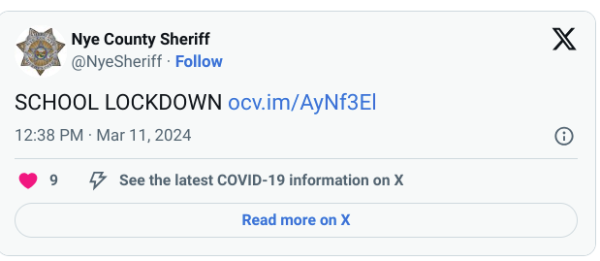
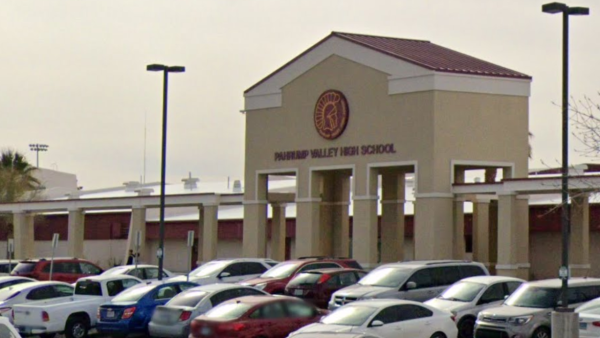

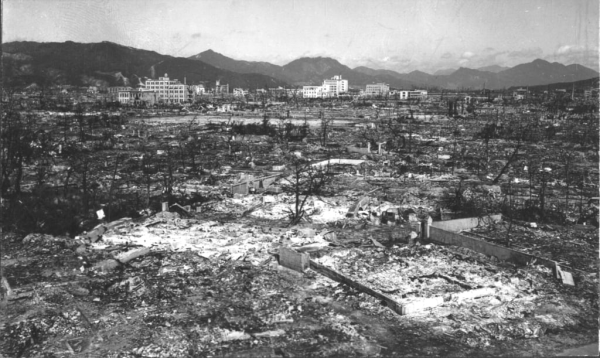






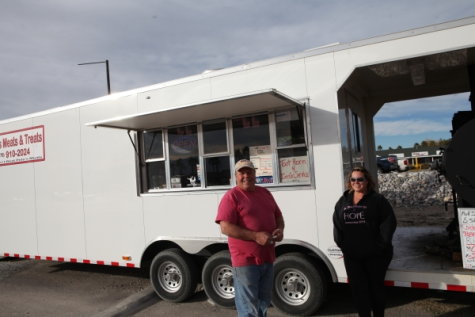
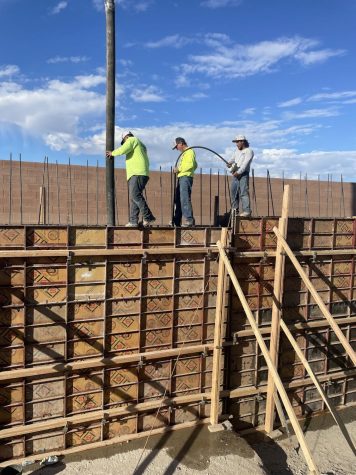
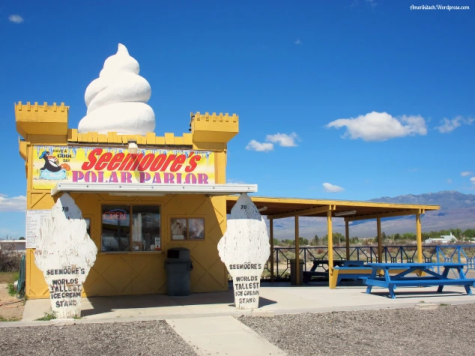
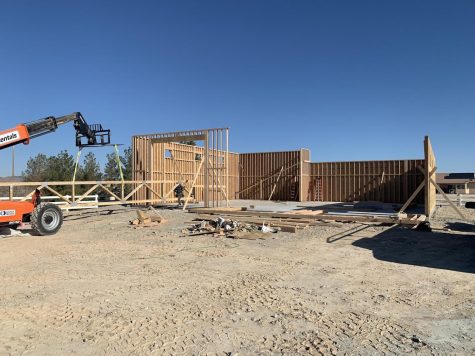
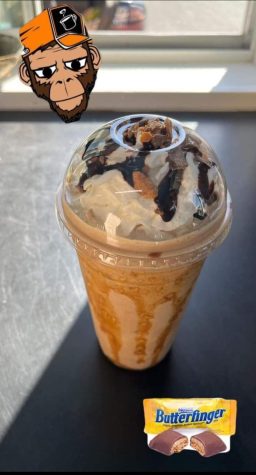

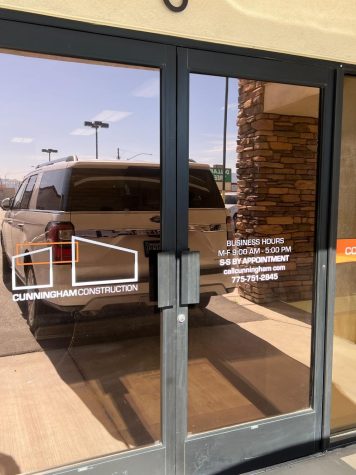

Morgan Baker • Feb 12, 2018 at 10:40 AM
It was nice to learn about Las Vegas’ past and the interesting history behind some of the casinos.
Luis Garcia • Feb 12, 2018 at 10:22 AM
Well written article, I love learning about Vegas history.
Jorge • Feb 12, 2018 at 10:05 AM
This was an interesting article. I like learning about the history of Las Vegas. It’s cool that the mob played such a big part in the creation of Las Vegas.
Vanessa Magana-Pedraza • Feb 12, 2018 at 9:59 AM
This a is a very in formative article. It is very well written and elaborates a lot of information about the past of Las Vegas. The article also presents the information in a way that flows keeping our attention throughout the article.
James Ratliff • Feb 9, 2018 at 9:22 AM
This article is a very swell read. The wording has been really well thought out and makes reading the article fun. I especially love the mentioning of “Without the mob and the Rat Pack, Las Vegas would not have been as large and flashy as it is today” as this is totally true.
Madison Dunn • Feb 7, 2018 at 8:43 AM
The article was super well written. I love learning about Las Vegas history and I enjoy the fact that you got all the information not just a few little pieces and make us look up the rest.